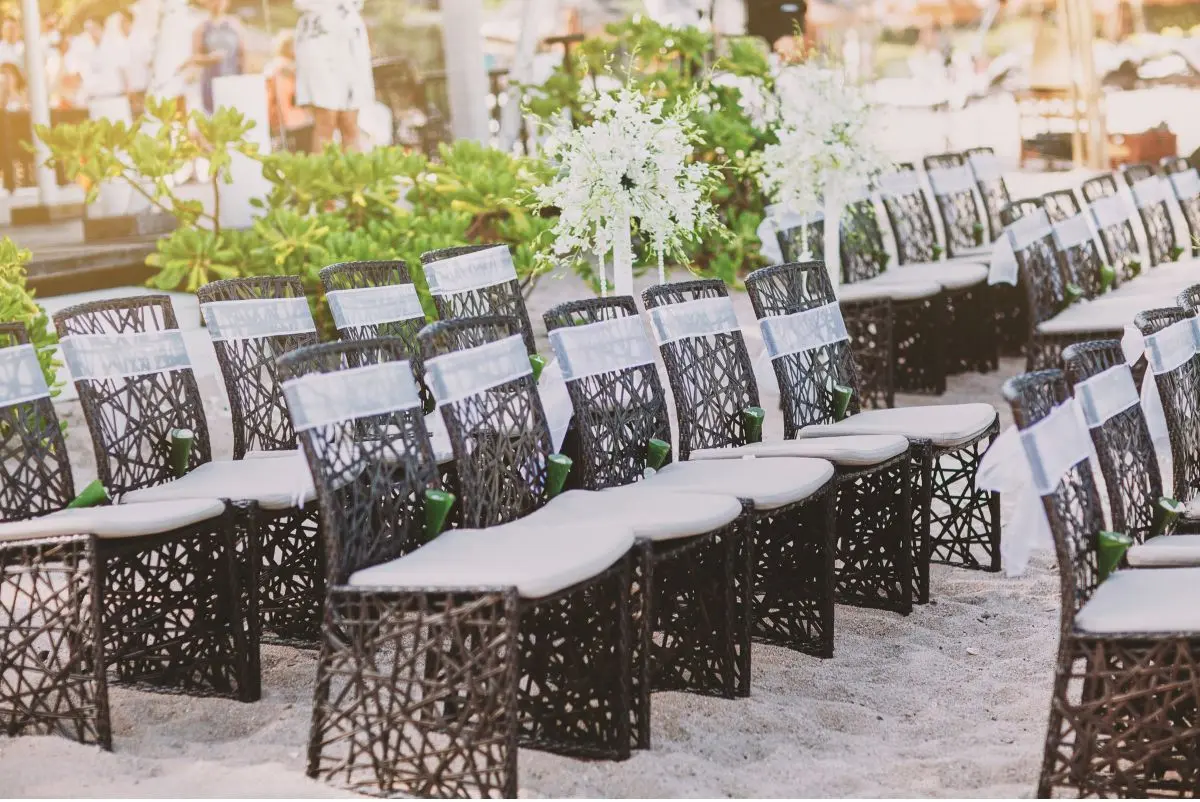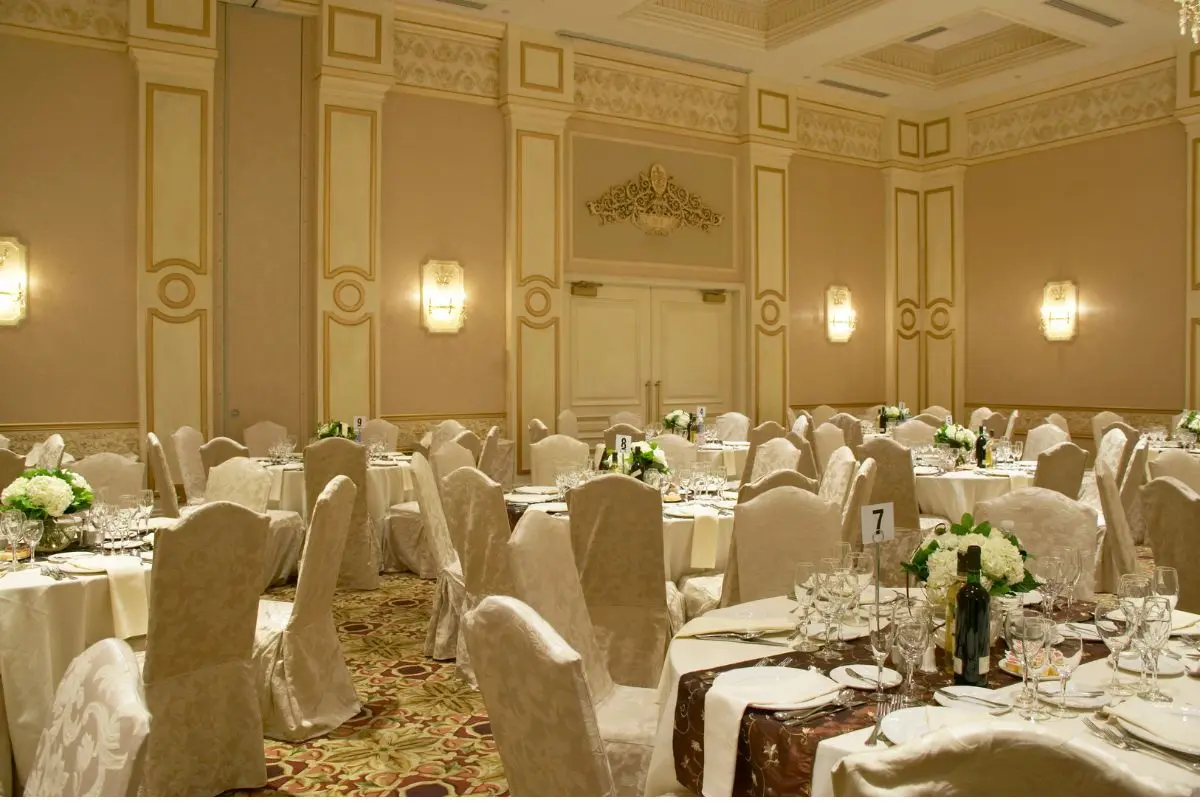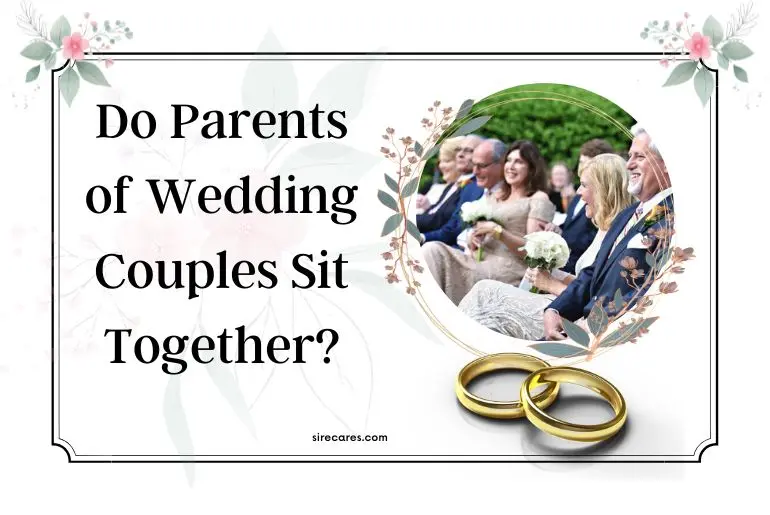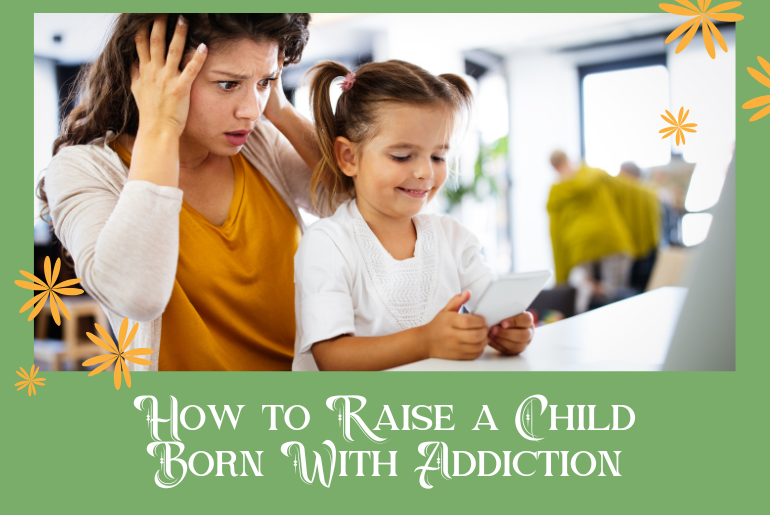Planning a wedding involves numerous decisions, from choosing the perfect venue to selecting the ideal menu. Among these considerations is the seating arrangement, which often raises the question: do the parents of the wedding couple sit together? While there is no strict rule governing this matter, the seating arrangement for parents at a wedding can vary based on cultural customs, personal preferences, and the relationship dynamics within the families.
This post will explore the different factors that can influence the seating arrangement and provide insights to help you make the best decision for your special day. So, let’s delve into the intricacies of seating arrangements and discover what works best for you and your loved ones.
Traditional Wedding Seating Arrangement

Traditionally, wedding seating arrangements followed a specific protocol. In a traditional setup, the parents of the wedding couple would be seated at the same table, known as the “head table” or the “parent table.” This table was typically positioned at the front or center of the reception area, symbolizing the importance of the parents in the couple’s lives.
The head table would often feature the bride and groom at the center, flanked by their respective parents on either side. This arrangement aimed to honor and showcase the parents’ role in raising and supporting the couple throughout their lives. However, it’s important to note that as times change and wedding customs evolve, many couples have started to explore alternative seating arrangements that better suit their preferences and family dynamics.
Factors That Affect Seating Arrangements:
The following factors can affect a wedding seating arrangement:
1. Cultural Traditions and Etiquette
Different cultures have distinct wedding traditions and etiquette when it comes to seating arrangements. For example, in some cultures, it is customary for the parents of the wedding couple to sit together at a prominent table. Understanding and respecting these cultural traditions can help guide your decision-making process and ensure that you honor your heritage and the expectations of your family.
2. Relationship Dynamics
The dynamics between parents and their children, as well as the relationships between the parents themselves, play a significant role in determining the seating arrangements. If the parents have a cordial relationship and it aligns with their wishes, having them sit together can foster a sense of unity and togetherness. However, if there are strained relationships or conflicts between parents, it might be more appropriate to seat them separately to avoid any potential discomfort or tension.
3. Divorced or Remarried Parents
In cases where the parents of the wedding couple are divorced or have remarried, the seating arrangements can become more complex. Sensitivity is crucial in these situations. Some couples opt to have separate tables for each set of parents, while others may choose to create a blended family table, where the parents and their respective partners sit together. Open communication and considering the comfort of all parties involved can help navigate this potentially delicate aspect of the seating arrangement.
4. Size and Layout of the Venue
The size and layout of the wedding venue can also impact the seating arrangements. If the venue is small and intimate, it may be more practical to have the parents seated together at a single table. On the other hand, in larger venues with more seating options, there is greater flexibility to create separate tables for parents, allowing them to socialize with their own friends and family members.
5. Personal Preferences
Ultimately, the personal preferences of the wedding couple should be taken into account. It is their special day, and they should feel comfortable and happy with the seating arrangements. Some couples prioritize having their parents sit together as a sign of unity and respect, while others may choose to have separate tables to accommodate different dynamics or preferences. Open discussions and clear communication with all parties involved can help determine the best seating arrangement that aligns with the couple’s vision for their wedding.
Pros of Parents Sitting Together
When it comes to seating arrangements at weddings, the decision of whether to have parents sit together can have a significant impact on the overall atmosphere and dynamics of the event. While the choice ultimately depends on individual preferences and circumstances, there are several advantages to consider. Let’s explore some of the pros of having parents sit together:
1. Symbolic Unity
Having parents sit together at a wedding can symbolize unity and harmony between both families. It visually represents the coming together of families to celebrate the love and union of the couple. This arrangement can create a powerful and heartwarming display of support and solidarity, leaving a lasting impression on the wedding couple and their guests.
2. Enhanced Family Bonding
Seating parents together provide an opportunity for them to interact more easily, fostering stronger connections and a sense of familial bonding. It allows parents to share stories, memories, and experiences, facilitating the formation of new relationships within the extended family. This can be especially meaningful if the parents are meeting or getting to know each other better for the first time.
3. Ease of Communication
Having parents seated together simplifies communication during the wedding reception. If any logistical or last-minute issues arise, it becomes more convenient for the couple or the event coordinator to relay information to both sets of parents simultaneously. This streamlined communication ensures that everyone stays informed and can address any necessary adjustments promptly and efficiently.
4. Photograph Opportunities
From a visual standpoint, seating parents together can create beautiful photo opportunities. As they share the same table, capturing moments of laughter, conversation, and celebration between parents adds a layer of emotional depth to the wedding album. These candid and heartfelt moments can become cherished memories for the couple and their families, reflecting the joy and happiness of the occasion.
5. Cultural and Traditional Significance
In some cultures, it is customary for parents to sit together at a wedding, and following these traditions can hold deep cultural and traditional significance. Seating parents together can be a way to honor and respect one’s heritage, preserve cultural practices, and maintain a sense of continuity with previous generations. It also serves as a nod to the customs and rituals that have been passed down through the family.
Cons of Parents Sitting Together
While having parents sit together at a wedding can be a favorable option for many couples, there are also some considerations to keep in mind. It’s essential to weigh the potential drawbacks before making a decision. Here are some cons of parents sitting together at a wedding:
1. Strained Relationships
If there are strained relationships or conflicts between the parents, seating them together could create an uncomfortable or tense atmosphere. The presence of unresolved issues or animosity may detract from the overall enjoyment of the event for both the parents and the wedding couple. In such cases, it may be more appropriate to seat the parents separately to maintain a harmonious environment.
2. Divorced or Remarried Parents
When parents are divorced or have remarried, seating them together can be challenging. It might not reflect the current family dynamics or the comfort level of each parent. In these situations, seating the parents at separate tables or creating a blended family table where each parent and their respective partner can be seated together may be more suitable.
3. Different Social Circles
Parents often have their own social circles and groups of friends attending the wedding. If they are seated together, they may feel obligated to spend most of their time engaging with each other rather than mingling with their own guests. This could potentially limit their opportunities to connect with their friends and enjoy the celebration from their perspective.
4. Logistics and Space Constraints
Depending on the size and layout of the venue, seating all the parents together may not be practical due to space constraints. Limited seating options might make it challenging to accommodate everyone at the same table. In such cases, it might be more feasible and comfortable to have separate tables for each set of parents.
5. Personal Preferences and Comfort
It’s important to consider the personal preferences and comfort of the parents themselves. Some parents may prefer to have their own space or may have specific dietary or accessibility needs that are better addressed with separate seating arrangements. Taking their preferences into account can contribute to a more enjoyable experience for all involved.
Alternatives to the Traditional Seating Arrangement
While the traditional seating arrangement of having parents sit together at a wedding is common, many couples are opting for alternative approaches that better suit their preferences and family dynamics. Here are some alternatives to consider:

1. Separate Parent Tables
Instead of having parents sit together, couples can choose to create separate tables for each set of parents. This allows parents to socialize with their own family and friends, promoting a more relaxed and comfortable atmosphere. It also ensures that parents can enjoy the company of their loved ones without feeling obligated to engage with each other.
2. Blended Family Table
For couples with divorced or remarried parents, a blended family table can be a thoughtful option. This arrangement involves seating parents and their respective partners together, emphasizing the unity and acceptance of the new family structure. It can create a sense of inclusivity and make everyone feel equally valued and celebrated.
3. Parent-Friends Combination Tables
To foster a convivial atmosphere and encourage mingling, couples can consider creating combination tables that include parents and their friends. This seating arrangement allows parents to enjoy the company of their close friends while still being present to celebrate their child’s wedding. It creates a harmonious blend of family and friendship, promoting a lively and inclusive environment.
4. Open Seating
Another alternative is to have open seating, where guests can choose their own seats. This option gives guests the freedom to mingle and interact with whomever they prefer, allowing for more organic connections and conversations. While this approach may require extra planning and coordination, it can create a relaxed and casual atmosphere that encourages guests to move around and engage with different individuals throughout the event.
5. Non-Traditional Table Configurations
Couples can also explore non-traditional table configurations to accommodate unique circumstances or preferences. For example, they may opt for long banquet-style tables, round tables, or even lounge seating areas. These unconventional setups can create a more intimate and comfortable setting, fostering a sense of togetherness and facilitating interaction among guests.
FAQs
Should both sets of parents sit together at a wedding?
It depends on personal preferences and dynamics. There is no strict rule, and couples can choose whether to have both sets of parents sit together or opt for alternative seating arrangements.
Do parents of the bride and groom usually sit together?
Traditionally, the parents of the bride and groom would sit together at a head table. However, nowadays, couples have the flexibility to decide whether they want their parents to sit together or explore other seating options.
Do the parents of the bride and the parents of the groom sit together at the reception?
The seating arrangement for parents at the reception can vary. It can be traditional for the parents of the bride and parents of the groom to sit together at a head table, but couples can also choose to have separate tables for each set of parents or explore alternative arrangements based on their preferences and family dynamics.
Who do the parents of the bride and groom sit with at the wedding?
Parents of the bride and groom can sit together, or they may sit separately at different tables. It ultimately depends on the couple’s preferences, cultural traditions, and the relationships between the parents. Couples can also consider creating blended family tables or allowing parents to sit with their own friends and family members.
Bottom Line
Wedding seating arrangements for parents are flexible and can be tailored to individual preferences. Options such as separate parent tables or blended family tables offer alternatives to traditional seating. Factors like culture, relationships, and personal preferences shape the decision-making process. The goal is to create a memorable celebration that reflects the couple’s vision and fosters love and togetherness among family and friends.

I am Christiana Williams, a multitasking sociologist and proud mama of three. With a passion for exploring the complexities of modern parenting, I bring my unique perspective and expertise to the table. As a seasoned parent and seasoned sociologist, I have a wealth of knowledge and experience to share. From the ups and downs of raising a family to the latest research on child development, I am on a mission to help other parents navigate the joys and challenges of parenthood. Get ready to be inspired, informed, and entertained as I share my insights and adventures as a parent.




